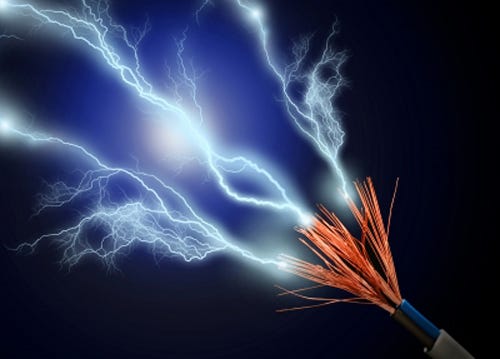4 Ways Pacing Technology Is Being Used Everywhere
April 20, 2016
|
|
|
Cardio tech from medical devices such as pacemakers is increasingly being used to treat non-heart-related disorders. Here are four examples of how neuromodulation and neurostimulation devices are making waves in this increasingly lucrative medtech field.
Chris Newmarker
The medical device industry could be entering a golden age when it comes to the use of pacing technology on the nervous system.
Neurology-related PMAs in 2015 reached a noticeable level, according to the a Minnesota-based Medical Alley Association analysis of medical device approval data from FDA and Evaluate Ltd.'s EvaluateMedTech report.
The idea of using pacemaker technology in neurology was talked about for a long time, with Medtronic and its Activa Parkinson's control system among the pioneers. Activa was approved in 1997 for treating tremor associated with essential tremor and Parkinson's disease, with indications for Activa expanded in 2002 to include the symptoms of Parkinson's disease.
For the most part, though, little was done when it came to neuromodulation and neurostimulation, because it was easier to make a tweak on the next stent or a little tweak to the next pacemaker, Morningstar analyst Debbie Want explained to Qmed last month.
The situation has changed, though, as health providers seek to rein in costs through items such as medical devices, Wang said. No longer able to get by on the easier stuff, there has been a major medical device industry push for technologies such as deep brain stimulation for Parkinson's patients.
Here are four examples of FDA-approved technologies already making a difference>>
Image courtesy of fantasista at FreeDigitalPhotos.net
Learn more about cutting-edge medical devices at MD&M East, June 14-15, 2016 in New York City. |
Chris Newmarker is senior editor of Qmed and MPMN. Follow him on Twitter at @newmarker.
Like what you're reading? Subscribe to our daily e-newsletter.
About the Author(s)
You May Also Like



.png?width=300&auto=webp&quality=80&disable=upscale)
